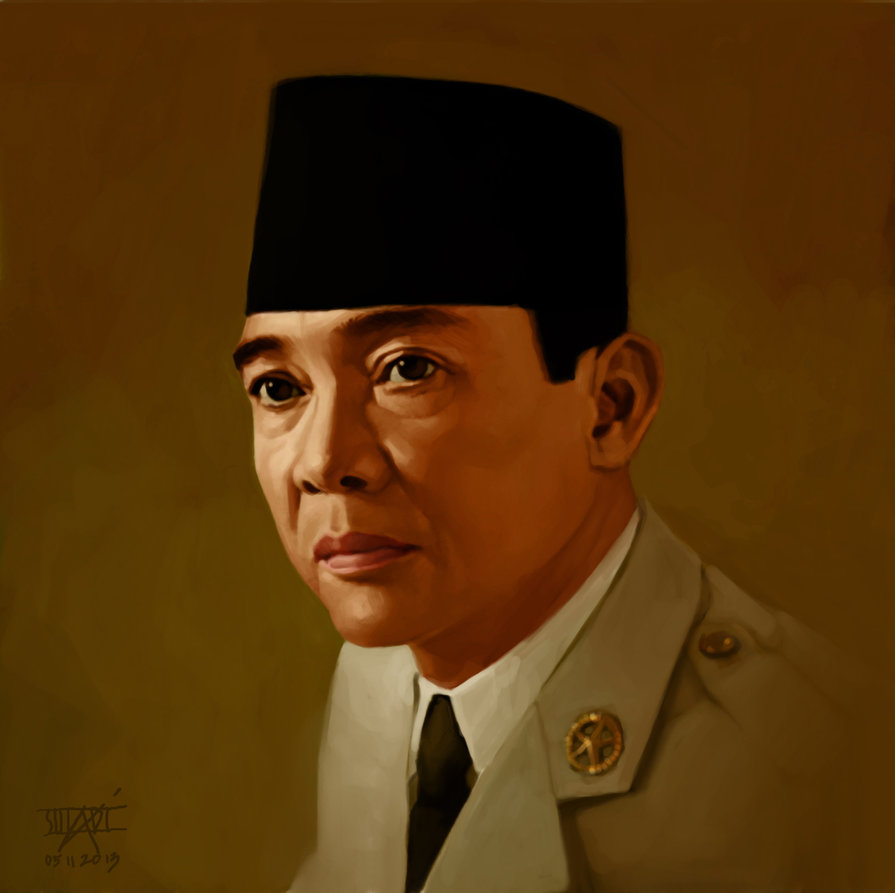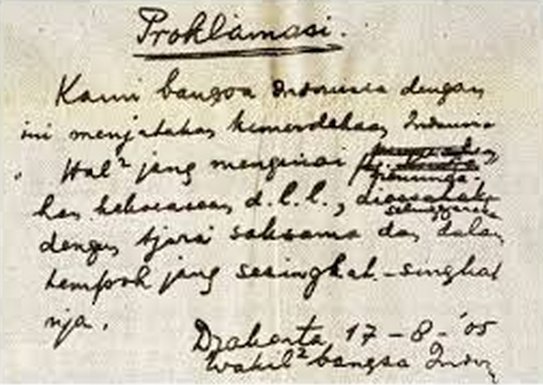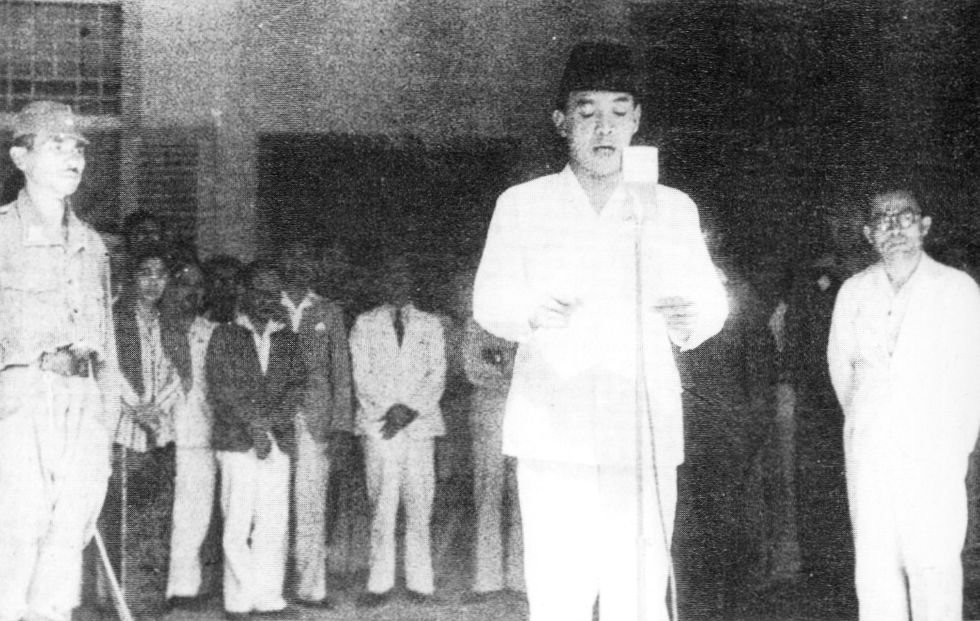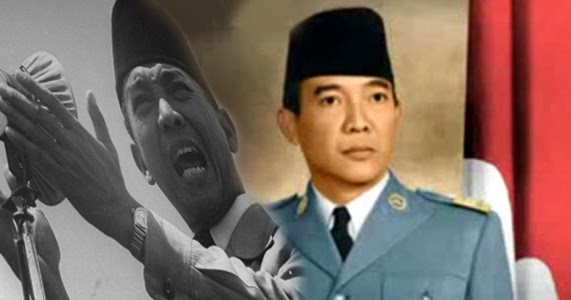ESL Teaching Strategy: Total
Physical Response


AUTHOR
Muhammad
Arif Muttaqin
2201415118
+6281229706515
2201415118
+6281229706515
INTRODUCTION
1. What method did you choose in your last microteaching?
In my last microteaching I choosed Total Physical
Method. Why I choose this method? I choosed this method because it is a lot of
fun, students enjoy it and it can be a real stirrer in the class. It lifts the
pace and the mood, It is very memorable. It really helps students to remember
phrases or words, It is good for kinaesthetic learners who need to be active in
the class, It can be used in large or small classes. It doesn't really matter
how many students you have as long as you are prepared to take the lead, the
students will follow, it works well with mixed-ability classes. The physical
actions get across the meaning effectively so that all the students are able to
understand and use the target language, it doesn't require a lot of preparation
or materials. As long as you are clear what you want to practise (a rehearsal
beforehand can help), it won't take a lot of time to get read, it is very
effective with teenagers and young learners, and it involves both left- and
right-brained learning.
2. What are tha basic principles of
Total Physical Response?
Dr. James J. Asher. He developed the approach through
laboratory research for a period of 30 years. It is internationally known as
TPR, a stress-free approach for second language acquisition. If you are a
teacher or a student-teacher who wants to apply this approach, you need to be
aware first of the goal of this method. The intention of this method is to
promote an enjoyable learning experience among students with minimum stress.
So, in designing a lesson, you must consider your purpose and the goal of the
teaching method that you will use in the classroom. Thereafter, be aware of the
characteristics of the method.
The book entitled, “Innovative Strategies in Communication
Arts” has enumerated 7 basic principles of Total Physical Response Method as
follows:
- Teachers give the command and the students do or follow it. For example, a teacher instructs students to write a note to their seatmates.
- Games, skits, and other fun-filled activities are given.
- There is an interaction between the student and the teacher or between the student and another student with the assistance of the teacher.
- Oral communication is given emphasis. There is a need to consider the lifestyle and the culture of native speakers.
- The actions executed by the students can determine if the meaning of the vocabulary, phrase, or sentence in the target language is correct.
- Committing errors is expected from the students especially when they begin to speak. So, teachers need not check minor errors. If there is a major error, then it can be corrected in a discreet manner.
- Students’ actions are observed as a form of evaluation. However, if it is a formal evaluation, the teacher may give series of commands and the students should perform them. The performance of the students can be graded individually, by pair or by group.
How to apply
this method in teaching? Here are sample activities:
1. For
vocabulary, repeat a word for at least 3 times. Students will act it out
according to the command given. For example, the word is “stand”. The teacher
will say:
* Stand near the door.
* Stand in front of the class.
* Stand behind your classmate.
2. For
simple question, repeat the question but in different forms or structures.
Then, the students will point their fingers to the person. For example, the
question, “Who is _____?”, the teacher will say:
* Who is noisy?
* Who is always late?
* Who is the most active in this class?
3. For
grammar with a beginning level of students, a teacher may bring some objects or
use the objects inside the classroom. For example, the use of “there is” and
“there are”, the students may pinpoint the object/objects and construct
sentences using “there is” and “there are”.
4. For
grammar with students who are advanced, the teacher may say: “Think of two
actions in which you can use the simple present tense and progressive tense.
Then, students will execute the actions required.
Originally
this method is designed by Dr. Asher as an approach for second language
acquisition. So, it is used in teaching English as a second language and as a
foreign language as well.
REFLECTION
2. What is the objective of the
lesson?
In
my last microteaching class that the subject is introduction of animals. There
are two aspects of the objective cognitive and Affective:
Cognitive
a. Product
1. Students are able to write short
monologs in form of descriptive text.
2. Students are able to write short description about animals based on the picture.
2. Students are able to write short description about animals based on the picture.
b. Process
1. Students
are able to mention the name of the animals based on the picture.
2. Students
are able to mention many animals around them.
3. Students
are able to pronounce the name of the animal correctly.
4. Students
are able to write the sentence using the name of the animals.
Affective
1. Students
are able to show enthusiasm to the teacher’s explanation.
2. Students
are able to participate in class actively.
3. Students
are able to show responsibility while doing the exercises.
4. Students
are able to show discipline during the class.
2. Strength
In the classroom I played the role of parent. I
started by saying a word (name of the animal) and a phrase (The horse is running)
and demonstrating an action. then I said the command and the students all do
the action. After repeating a few times I extended this by asking the students
to repeat the word as they did the action. They felt confident with the word ans
phrase as I demonstrated and repeat them well. The students also enjoyed the
class so I think the method is very useful for young learners. It is more
effective if the students are standing in a circle around the teacher like I
did it before. I can even encouraged them by immitating animal acts so I could
get their attention.
3. Weaknesses
Beside
the strength of my last microteaching. I have found several weaknesses on my
last microteaching class. There are lack of environment such as pictures I have
brought some pictures of animal. But, the pictures that i brought is too small
so the students need to have closer with me. Grammatical error also found in my
last lesson, especially in the begining of the class, I want to say “have you
seen any animal today?”. But, I said “do you see any animal today”
CONCLUSION
1. What do you have to consider
when apllying the method?
There are some considerations if you want to use this method, there are:
- Students who are not used to such things might find it embarrassing. This can be the case initially but I have found that if the teacher is prepared to perform the actions, the students feel happier about copying. Also the students are in groups and don't have to perform for the whole class. This pleasure is reserved for the teacher.
- It is only really suitable for
beginner levels.
Whilst it is clear that it is far more useful at lower levels because the target language lends itself to such activities I have also used it successfully with Intermediate and Advanced levels. You need to adapt the language accordingly.
- You can't teach everything with it and if used a lot it would become repetitive. I completely agree with this but it can be a successful and fun way of changing the dynamics and pace of a lesson used in conjunction with other methods and techniques.
2. Plans to improve my teaching skills:
First thing
first I have to prepare the environment for the class especially the class
that using TPR method carefully. Because, if you don’t prepare the environment well
you cannot get full of the student’s attention. For grammar error that
encountered on my last microteaching I have to say carefully because if I say
with a wrong grammar it will be immitated by the students soon.
REFERENCES
Larsen-Freeman, D. (2000). Techniques and Principles in Language Teaching. Oxford New York: Oxford University Press.
Villamin,
A.M., Salazar, E.L., Bala, E.C., & Sunga, N.R. (1994). Innovative
strategies in communication arts. Quezon City, QC: Phoenix Publishing House,
Inc.
Total
Physical Response Retrieved from http://www.tpr-world.com/originator.html
Total
Physical Response Retrieved from http://www2.vobs.at/ludescher/total_physical_response.htm




